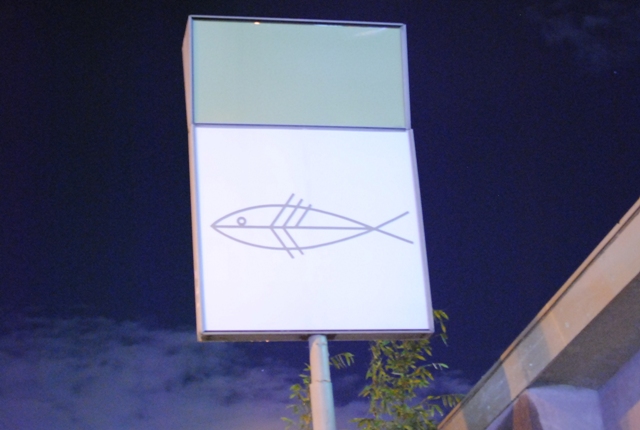

This custom rice is then shipped unhulled to retain its freshness, then polished daily on site for maximum effect. Apparently, in order to further elevate their appreciation for the rice, members of Mori's staff are even invited to visit the rice fields during planting and harvesting. Koshihikari rice is used for sushi, while the yumegokochi variety is utilized in everything else. It comes from Sacramento, where it's grown by Ichiro Tamaki, a farmer hailing from Fukushima Prefecture. Mori's a notorious stickler when it comes to his ingredients, even going as far as to make his own soy sauce and grow his own rice. Then finally, in 2000, Mori opened his eponymous eatery in West LA. He eventually returned to the Southland, landing at the well-regarded Takao in Brentwood. Then, the Chef took a detour to New York, taking on a position at the legendary Hatsuhana, which is where Naomichi Yasuda first made a name for himself. Getting back to Mori, following his stint at Katsu, Onodera worked at R23 in Downtown and Nobu's seminal Matsuhisa on Restaurant Row. Michite then opened Katsu Beverly Hills, but the restaurant never caught on, and closed in mid 2009.

Tama achieved quite a bit of popularity, but the space shuttered in 2008, only to be taken over by Katsuya Uechi and turned into Kiwami. Restaurant Katsu debuted in 2000, but was rechristened Tama Sushi in 2002 following a fire. He first worked for Masaru Michite at the famed Katsu on Hillhurst in Los Feliz, which was the sushi spot in the 1980's (it closed in 1998).Īs an aside, Michite was a pioneer in the LA sushi scene, and also owned Café Katsu on Sawtelle, Katsu 3rd on Third Street, and most significantly, Restaurant Katsu in Studio City. Mori packed one bag, purchased a one-way ticket to America, and landed here in 1985 to begin his culinary career in the States.

However, Onodera wasn't satisfied, and after being inspired by Eikichi Yazawa's best-selling 1978 autobiography Nariagari, he decided to move to the United States. He moved to the Bunkyo Ward of Tokyo, where he worked for three years at Kintaro Sushi, honing his skills in traditional Japanese cuisine, sushi in particular. Mori excelled at baseball and music as a youngster, but immediately began his culinary training after graduating high school. He had hopes of becoming a sushi chef at an early age, largely due to the influences of his grandmother. This, along with news that cameras were now allowed, compelled me to give the restaurant another go.Ībout the Chef: Owner and Chief Sushi Chef Morihiro Onodera was born in 1964 in the town of Fujisawa, Iwate Prefecture, Japan. However, there seemed to have been a renewed interest in Mori over the past couple of months. I'd actually dined at Mori way back in 2007, but a questionable ban on photography left a bad taste in my mouth, and kept me away for all these years. The issue of number two, however, is a stickier wicket, with the most popular responses being Sushi Zo and Mori Sushi, both Michelin-starred places. For me, the answer to this query is simple: Urasawa. As such, the question of the "best" sushi inevitably comes up.


 0 kommentar(er)
0 kommentar(er)
